25 Overlooked Albums From Legendary Artists That Are Actually Incredible

Every music fan knows the big hits—those albums that defined careers and topped every chart. But some of the best work from legendary bands gets lost in the shuffle, overshadowed by their more famous releases.
This list celebrates those hidden treasures: albums that deserve way more love than they get, packed with incredible songs and bold creative choices that make them just as essential as the classics everyone talks about.
1. The Beatles – Rubber Soul
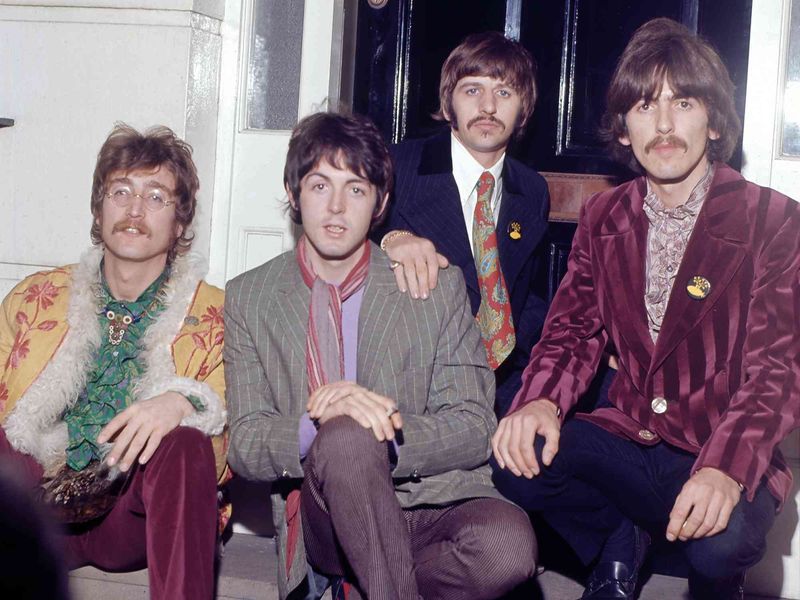
Most people rush straight to Revolver or Sgt. Pepper when they talk about The Beatles’ experimental phase, but this 1965 gem actually started it all.
Folk-rock influences blend with sophisticated lyrics about relationships and growing up, creating a sound that felt revolutionary at the time. Songs like “Norwegian Wood” introduced the sitar to rock music, while “In My Life” remains one of the most beautiful ballads ever written.
The album marked a turning point where the band stopped being just pop stars and became serious artists. John, Paul, George, and Ringo were maturing rapidly, and you can hear it in every track. Critics now recognize it as the bridge between their early work and their psychedelic masterpieces.
What makes Rubber Soul so special is its consistency—there’s not a weak track anywhere. The harmonies are stunning, the melodies unforgettable, and the production innovative without being flashy. It deserves to be mentioned alongside their most celebrated work.
2. The Rolling Stones – Goats Head Soup
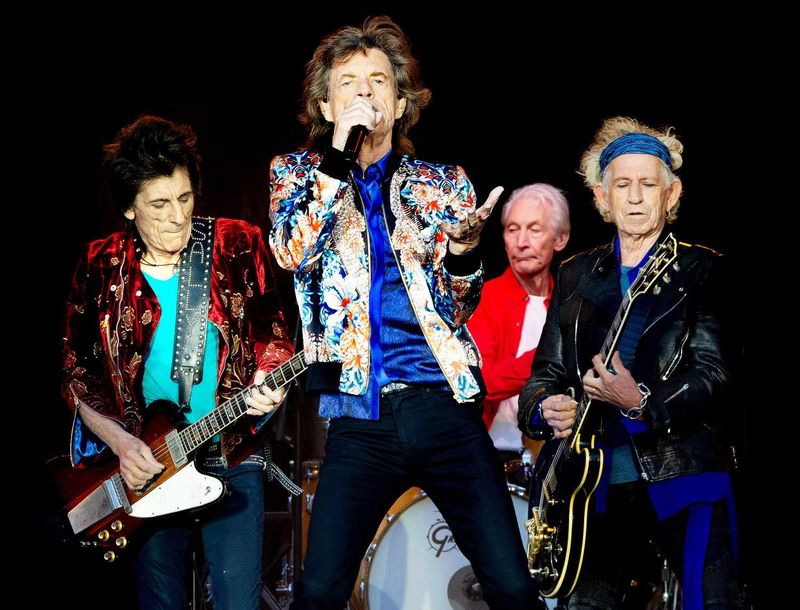
After the raw power of Exile on Main St., nobody expected the Stones to release something so moody and soulful. Recorded in Jamaica in 1973, this album trades swagger for introspection, giving us some of their most emotional performances. “Angie” became a massive hit, but deeper cuts like “Coming Down Again” and “Winter” reveal a band willing to be vulnerable.
Critics initially dismissed it as too mellow, but fans have come to appreciate its atmospheric production and mature songwriting. Mick Jagger’s vocals sound more nuanced than ever, while Keith Richards’ guitar work shows restraint and taste. The Caribbean influence adds warmth to tracks that might otherwise feel too heavy.
Today, many Stones enthusiasts consider it an underrated masterpiece that gets better with age. It’s not their loudest or wildest record, but it’s definitely one of their most heartfelt. The album proves they could do more than just rock and roll.
3. Led Zeppelin – Presence
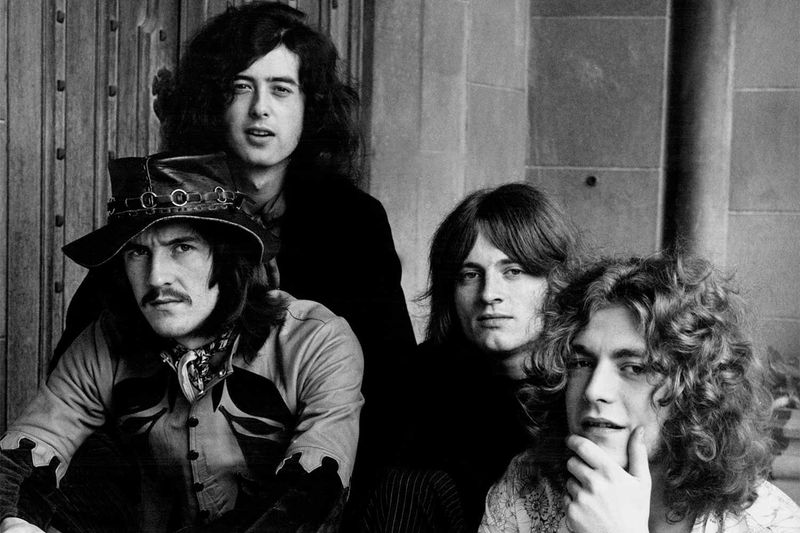
Recorded during one of the darkest periods in the band’s history, this 1976 release showcases raw power like nothing else in their catalog.
Robert Plant was recovering from a serious car accident, and the entire band was dealing with personal turmoil. Yet somehow they created an album that burns with intensity and urgency, featuring some of Jimmy Page’s most ferocious guitar work.
“Achilles Last Stand” opens with ten minutes of epic rock that rivals “Stairway to Heaven” in ambition. “Nobody’s Fault But Mine” brings blues-rock fury, while “Tea for One” delivers heartbreaking emotion. The album lacks acoustic moments and folk influences, focusing instead on electric energy and primal force.
Many fans overlook it because it came after Physical Graffiti and during troubled times. But those who explore it discover a testament to resilience and musical excellence. It’s Zeppelin at their most stripped-down and powerful.
4. Fleetwood Mac – Tusk
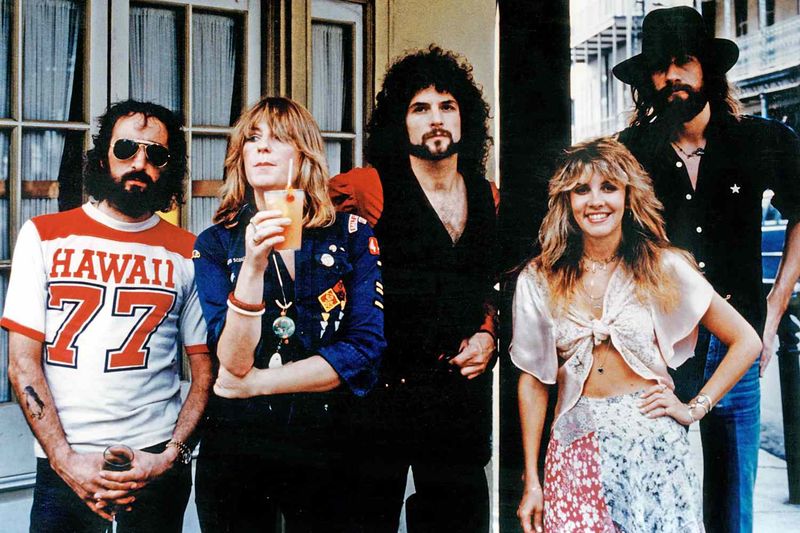
Following up Rumours—one of the bestselling albums ever—would intimidate anyone, but Fleetwood Mac decided to get weird instead.
This 1979 double album embraced experimental production, punk influences, and unconventional song structures that confused fans expecting more polished pop-rock. Lindsey Buckingham pushed the band into new territory, recording parts in his bathroom and incorporating found sounds.
The title track features a marching band and became an unlikely hit despite its strange arrangement. “Sara” showcases Stevie Nicks at her mystical best, while “Think About Me” and “Sisters of the Moon” reveal hidden depths. Critics initially called it self-indulgent, but time has proven its adventurous spirit was ahead of the curve.
Modern listeners appreciate how it breaks free from formula and takes genuine risks. It’s messy, ambitious, and fascinating in ways that perfectly produced albums never are. Tusk proves that sometimes the bravest move is refusing to repeat yourself.
5. Pink Floyd – Animals
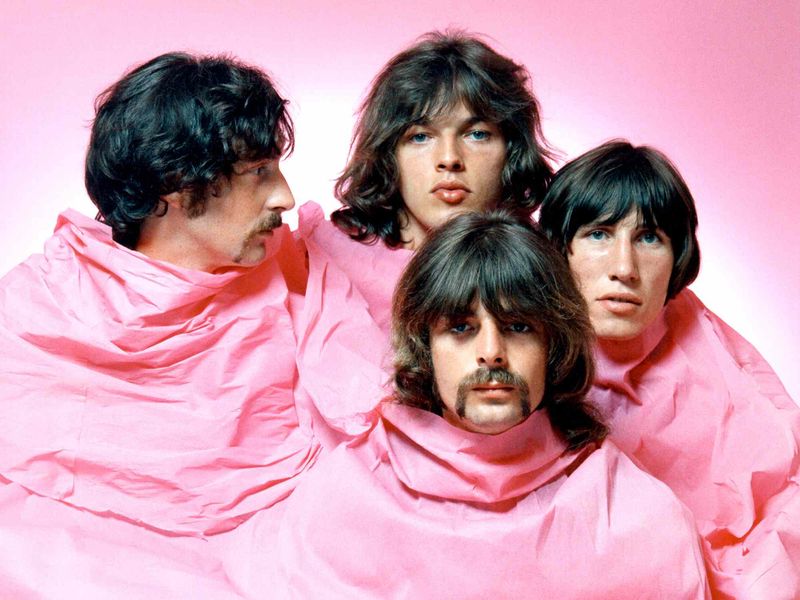
Sandwiched between Wish You Were Here and The Wall, this 1977 concept album often gets overlooked despite being incredibly powerful.
Based loosely on George Orwell’s Animal Farm, it divides society into dogs, pigs, and sheep, delivering scathing political commentary through extended progressive rock compositions. Roger Waters’ lyrics are bitter and angry, reflecting his growing disillusionment with fame and capitalism.
Only five tracks appear on the album, with three epic songs stretching past ten minutes each. “Dogs” explores betrayal in the business world, “Pigs” attacks the ruling class, and “Sheep” represents the masses finally fighting back. David Gilmour’s guitar solos are absolutely stunning, cutting through the darkness with moments of beauty.
The album’s stark message and lack of radio-friendly singles kept it from becoming a mainstream hit. But those who spend time with it discover one of Floyd’s most cohesive and challenging works. It’s dark, uncomfortable, and absolutely essential.
6. Queen – The Miracle
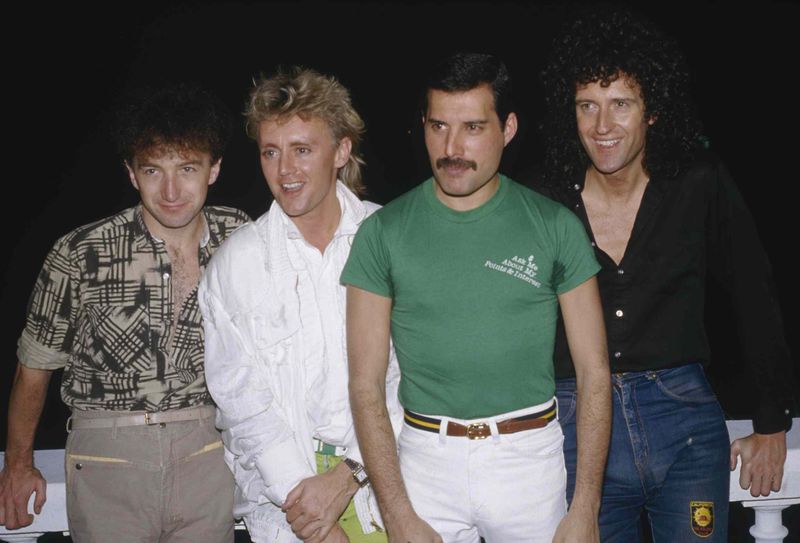
By 1989, Queen had nothing left to prove, yet they delivered one of their most melodically rich albums. Created during Freddie Mercury’s illness (though the public didn’t know yet), the record feels urgent and heartfelt in ways their earlier bombastic work sometimes didn’t.
Every song showcases their signature harmonies and Brian May’s distinctive guitar sound, but with a maturity that comes from years of experience.
“I Want It All” rocks hard with an anthemic chorus, while the title track celebrates life with childlike wonder. “The Invisible Man” experiments with funk and synthesizers, proving they could still take risks. “Scandal” addresses tabloid culture with pointed lyrics, and “Was It All Worth It” reflects on their remarkable career.
Critics often focus on their seventies output, but this late-period gem deserves equal attention. The songwriting is sophisticated, the performances passionate, and the production polished without being sterile. It’s Queen reminding everyone why they mattered.
7. U2 – Zooropa
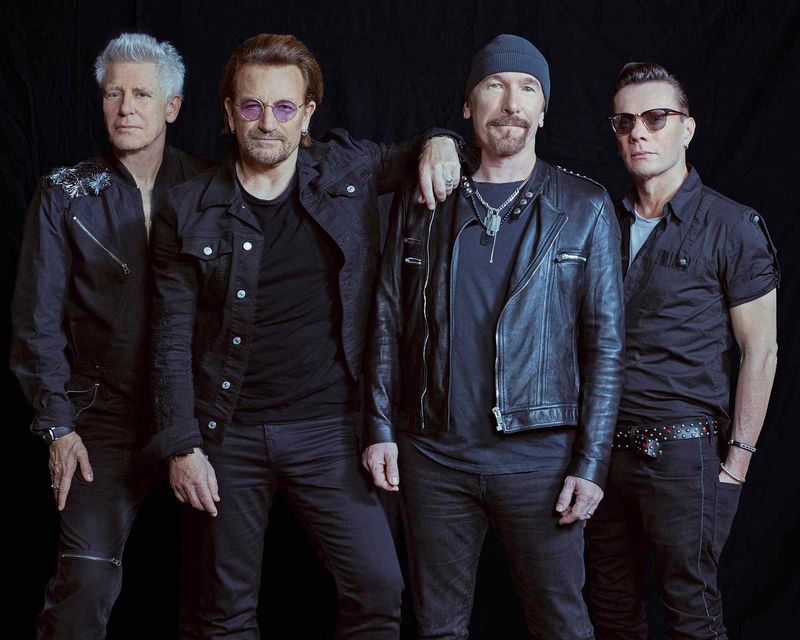
After conquering stadiums with Achtung Baby, U2 could have played it safe, but instead they dove deeper into electronic experimentation.
This 1993 album embraces industrial sounds, ambient textures, and ironic lyrics about media saturation and European identity. The Edge’s guitar takes a backseat to synthesizers and drum machines, creating a futuristic soundscape that confused rock fans expecting anthems.
“Numb” features a monotone vocal delivery over hypnotic beats, while “Lemon” incorporates falsetto vocals and disco influences. “Stay (Faraway, So Close!)” became a beautiful single that showed they hadn’t abandoned melody entirely. Johnny Cash even guests on “The Wanderer,” adding gravitas to the closing track.
The album initially disappointed those wanting another “One” or “Mysterious Ways,” but it has aged remarkably well. Its themes about technology and disconnection feel prophetic today. Zooropa represents U2 at their most daring and uncompromising, willing to alienate fans for artistic growth.
8. Bruce Springsteen – Tunnel of Love

Coming after the massive success of Born in the U.S.A., this 1987 album strips away the big production and stadium-sized choruses.
Instead, Springsteen explores the darker side of relationships and marriage with intimate, introspective songs. His own marriage was falling apart during the recording, and that pain bleeds through every track, making it his most emotionally naked work.
Unlike his earlier working-class anthems, these songs focus on personal failure and romantic disillusionment. “Brilliant Disguise” questions whether we can ever truly know our partners, while “One Step Up” captures the slow decay of love. The production is sparse, often featuring just Bruce and a few instruments, which intensifies the vulnerability.
Fans expecting another “Born to Run” were initially disappointed by the subdued tone. But time has revealed it as one of his finest albums, showcasing songwriting that’s mature and honest. It’s Springsteen proving he could do more than pump fists and celebrate American dreams.
9. Prince – Lovesexy

After the controversial Black Album was shelved, Prince emerged with this spiritual, joyful record that baffled many listeners.
Released in 1988, the album plays as one continuous track with no pauses, creating a flowing musical journey through themes of love, faith, and redemption. The controversial cover shows Prince sitting nude among flowers, which got it banned in some stores.
Musically, it’s incredibly adventurous, blending funk, rock, soul, and psychedelia into something uniquely Prince. “Alphabet St.” became a hit with its catchy hook, but deeper tracks like “Anna Stesia” and “Positivity” reveal complex arrangements and passionate vocals.
The religious themes turned off some fans, but the musicianship is absolutely stunning throughout.
Many consider it his last truly great solo album before the nineties struggles. The production is dense and layered, rewarding repeated listens with new details. Lovesexy shows Prince at his most creative and uncompromising, following his vision regardless of commercial concerns.
10. David Bowie – Lodger

Completing the Berlin Trilogy alongside Low and Heroes, this 1979 album somehow gets the least attention despite being equally brilliant.
Recorded in Switzerland and New York with Brian Eno, it explores world music influences and unconventional song structures. Bowie was restless and creative, pushing himself into new territory with each track, refusing to settle into any comfortable groove.
“African Night Flight” incorporates tribal rhythms, while “Yassassin” experiments with Middle Eastern sounds and reggae. “Boys Keep Swinging” and “D.J.” became minor hits, showcasing his gift for melody even in experimental contexts. The album feels less cohesive than its predecessors, but that restlessness is part of its charm.
Critics initially dismissed it as the weakest Berlin album, but decades later it’s recognized as forward-thinking and influential. Its global influences predicted world music’s rise in the eighties. Lodger deserves to be mentioned in the same breath as Low and Heroes for its artistic ambition.
11. Nirvana – In Utero
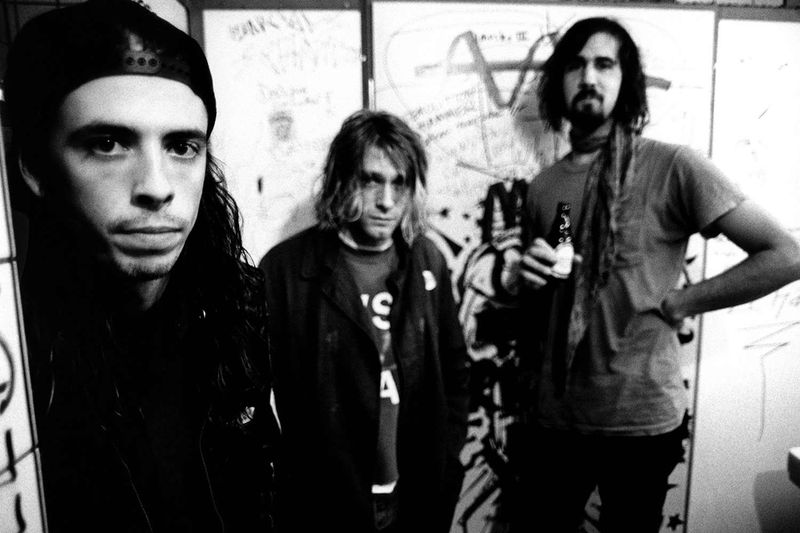
Everyone knows Nevermind changed rock music forever, but this 1993 follow-up might actually be Nirvana’s artistic peak.
Deliberately recorded to sound raw and abrasive, Kurt Cobain wanted to push away casual fans and create something more honest. Steve Albini’s production captures the band’s live intensity, with distorted guitars and primal drumming that feel almost uncomfortable.
“Heart-Shaped Box” became a massive hit despite its disturbing imagery, while “All Apologies” offers a heartbreaking glimpse into Cobain’s troubled mind. “Rape Me” and “Milk It” are confrontational and angry, refusing to give listeners easy answers. The album tackles fame, depression, and alienation with unflinching honesty that still resonates today.
Some dismissed it as too noisy and inaccessible compared to Nevermind’s polish. But that rawness is exactly what makes it so powerful and authentic. In Utero represents a band refusing to compromise their vision for commercial success.
12. The Who – The Who By Numbers
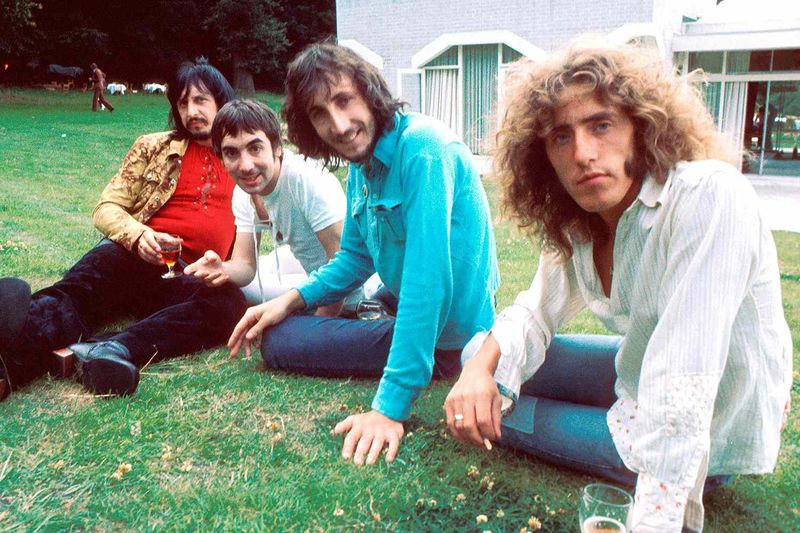
After years of rock operas and smashing instruments, The Who released this surprisingly introspective album in 1975. Pete Townshend was struggling with alcoholism and depression, and those demons haunt every song. Instead of loud anthems, we get vulnerable acoustic ballads and mid-tempo rockers that explore aging, failure, and self-doubt with brutal honesty.
“Squeeze Box” provided some lighthearted relief and became a hit, but songs like “However Much I Booze” and “How Many Friends” reveal deep pain. “Slip Kid” rocks harder while still maintaining the album’s reflective mood. Roger Daltrey’s vocals convey Townshend’s tortured lyrics with empathy and power, making the personal universal.
Fans expecting another Tommy or Quadrophenia were confused by the stripped-down approach. But this album shows a different kind of courage—the willingness to be vulnerable and admit weakness. It’s The Who at their most human and relatable, proving great art comes from honesty.
13. Metallica – Load
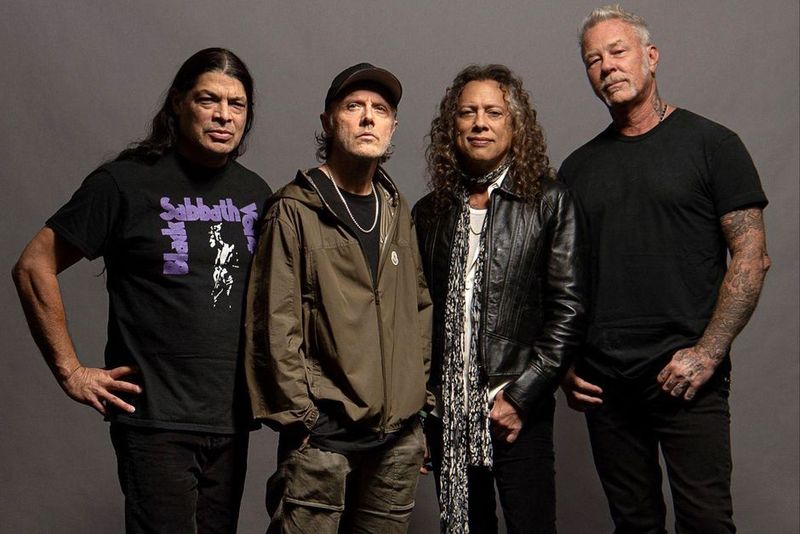
When this dropped in 1996, metal fans absolutely lost their minds seeing Metallica with short hair and bluesy rock songs.
The album abandons thrash metal for a more groove-oriented sound influenced by southern rock and alternative music. Many accused them of selling out, but time has revealed Load as a brave reinvention that showcases their versatility and songwriting chops.
“Until It Sleeps” became a hit with its dark, heavy riff, while “Mama Said” features actual country influences. “King Nothing” and “Ain’t My Bitch” groove hard without relying on speed. The production is warm and organic, letting the songs breathe instead of assaulting listeners with aggression.
Looking back, the controversy seems overblown—the album is still heavy and still Metallica. They simply matured and explored different musical territory, which any long-running band should do. Load proves they’re more than just one-dimensional thrash gods.
14. Aerosmith – Night in the Ruts
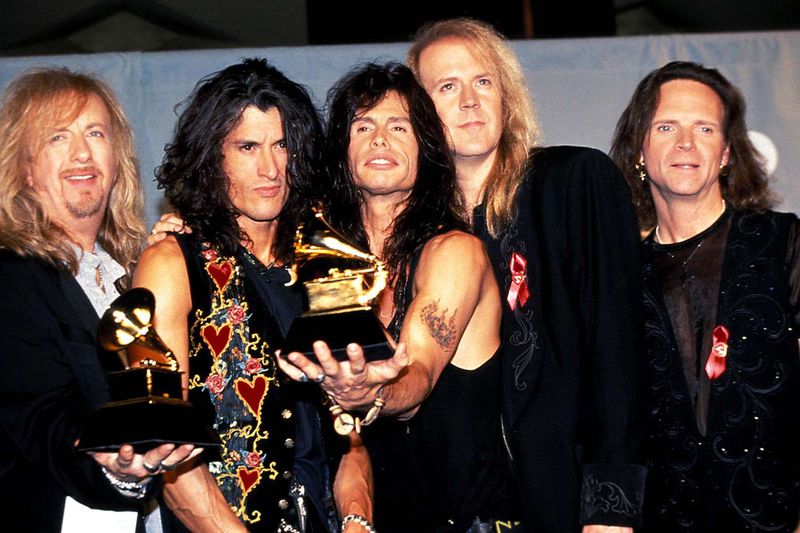
Recorded during one of the band’s most chaotic periods, this 1979 album somehow manages to rock incredibly hard.
Joe Perry left mid-recording due to conflicts with Steven Tyler and drug issues, yet the music captures Aerosmith’s raw blues-rock power. Guest guitarists filled in, but Perry’s contributions to tracks like “No Surprize” and “Chiquita” showcase why he’s such an essential part of their sound.
“Remember (Walking in the Sand)” transforms the Shangri-Las’ girl-group classic into a swaggering rocker. “Cheese Cake” and “Bone to Bone” deliver the dirty riffs fans craved. Despite the turmoil, Tyler’s vocals sound passionate and committed, proving his talent even while battling addiction.
The album flopped commercially and gets forgotten between their seventies classics and eighties comeback. But listening now reveals strong songwriting and performances that deserve recognition. Night in the Ruts shows that even during their lowest point, Aerosmith could still create compelling rock music.
15. The Beach Boys – Sunflower
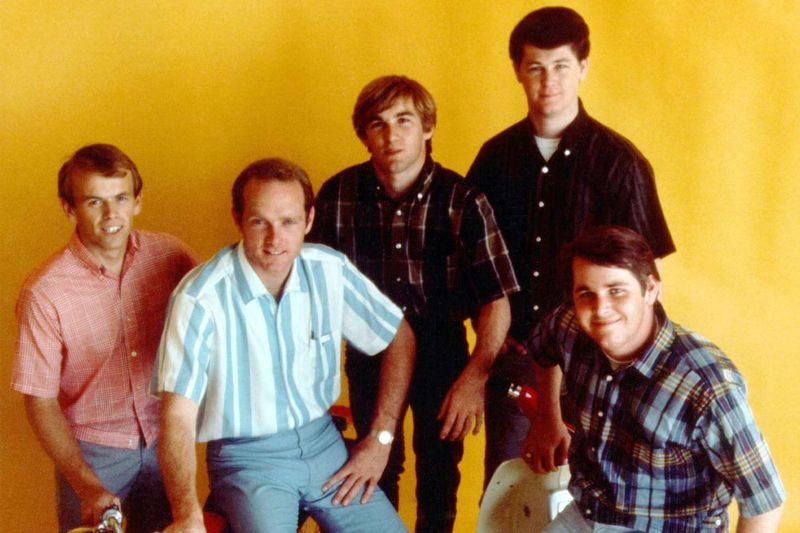
After Brian Wilson stepped back from leadership, the remaining Beach Boys created this stunning 1970 album that stands among their finest work. Every member contributed songs, resulting in a diverse collection that ranges from lush harmonies to experimental rock. The production is warm and detailed, showcasing their incredible vocal blend and sophisticated arrangements.
“Add Some Music to Your Day” celebrates the joy of songwriting, while “This Whole World” features complex harmonies that rival anything from Pet Sounds. “Forever” became a wedding favorite, and “Cool, Cool Water” builds from gentle verses to a powerful climax. Dennis Wilson’s “Forever” and “Got to Know the Woman” reveal his growing talent as a songwriter.
Poor promotion meant few people heard it at the time, making it one of their biggest commercial disappointments. But critics and fans now recognize it as a hidden masterpiece that deserves far more attention. Sunflower proves The Beach Boys remained creative geniuses even without Brian at the helm.
16. Bob Dylan – Street-Legal
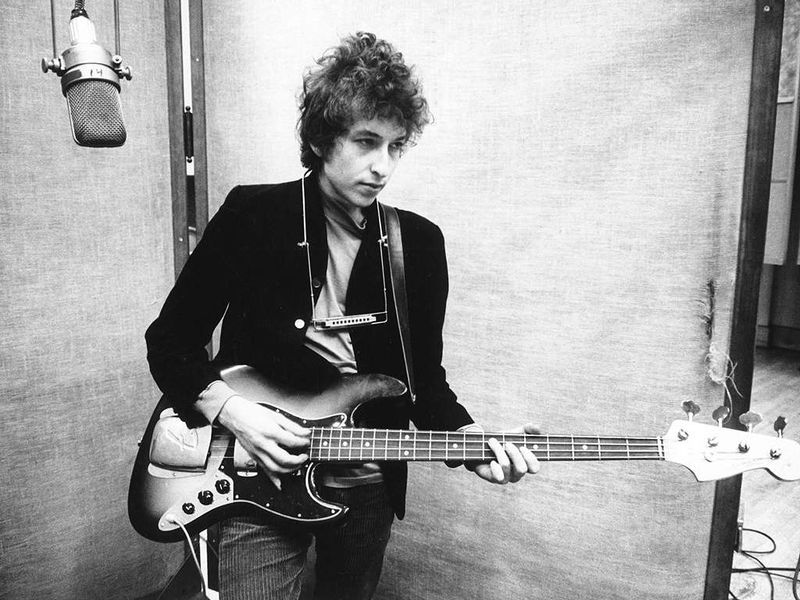
Following his Rolling Thunder Revue tours, Dylan assembled a large band and created this ambitious 1978 album filled with dramatic arrangements.
Horn sections, backup singers, and layered production give these songs a theatrical quality that divided fans. Some heard creative evolution, while others missed the stripped-down folk and rock of earlier albums.
“Changing of the Guards” opens with dense imagery and sweeping instrumentation that demands attention. “Señor (Tales of Yankee Power)” builds tension through repetition, while “Where Are You Tonight?” closes the album with emotional devastation. Dylan’s voice sounds weathered and passionate, delivering complex lyrics about love, faith, and searching for meaning.
The original mix sounded muddy, leading to poor reviews, but a 1999 remix revealed the album’s true power. Modern listeners appreciate its ambition and emotional depth. Street-Legal represents Dylan refusing to stay in one place, always pushing forward regardless of expectations.
17. Red Hot Chili Peppers – One Hot Minute
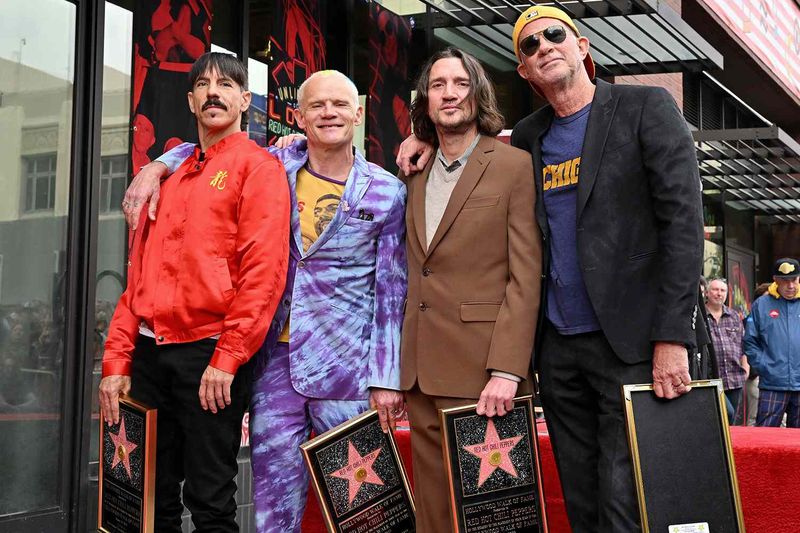
After John Frusciante left the band, guitarist Dave Navarro brought a darker, more melodic sensibility to their sound.
This 1995 album explores heavier territory than their funk-rock fans expected, incorporating alternative rock and psychedelic influences. Navarro’s guitar work is more textured and atmospheric than Frusciante’s, creating moody soundscapes that complement Anthony Kiedis’s increasingly introspective lyrics.
“Warped” and “Aeroplane” became hits that showcased the new lineup’s chemistry. “My Friends” reveals vulnerability rarely heard in their earlier work, while “Tearjerker” pays tribute to Kurt Cobain with haunting beauty. The album deals with addiction, loss, and inner demons more directly than their previous party-focused records.
Many fans rejected it for not sounding like Blood Sugar Sex Magik, but that misses the point entirely. The Chili Peppers were evolving and taking risks rather than repeating themselves. One Hot Minute deserves appreciation for its courage and the unique chemistry this lineup created.
18. The Doors – Morrison Hotel
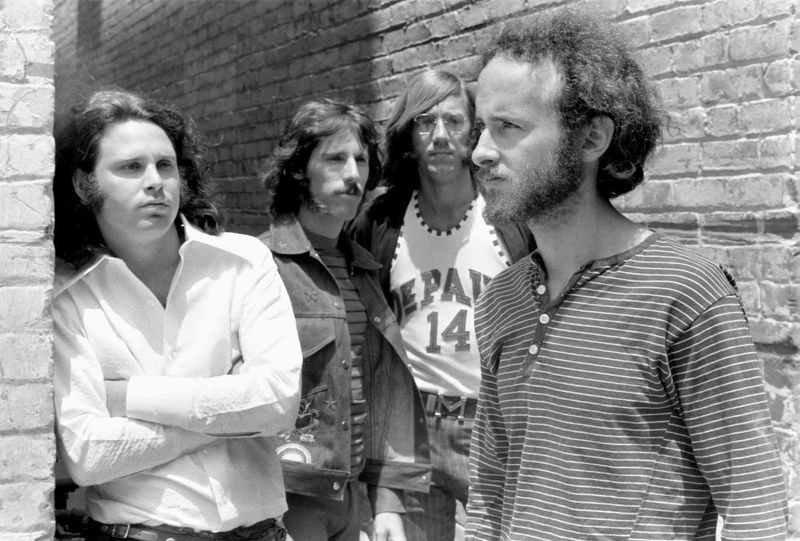
After the experimental excess of The Soft Parade, The Doors returned to their blues-rock roots with this gritty 1970 release. Jim Morrison sounds focused and powerful, delivering some of his best vocal performances over straightforward rock arrangements. The band strips away orchestration and gets back to basics: organ, guitar, drums, and Morrison’s voice creating raw, immediate music.
“Roadhouse Blues” became one of their most beloved songs, a boogie-rock anthem that still gets crowds moving. “Peace Frog” addresses social unrest with aggressive energy, while “Ship of Fools” offers political commentary wrapped in accessible melody. “The Spy” and “Queen of the Highway” showcase Morrison’s poetic lyrics without pretension.
Critics initially dismissed it as too simple after their more ambitious work, but fans now consider it essential. The album captures The Doors’ essence better than their more famous records. Morrison Hotel proves that sometimes getting back to basics is the smartest creative move possible.
19. Genesis – Wind & Wuthering

Released in 1976 after Peter Gabriel’s departure, this album showcases Genesis fully embracing their progressive rock ambitions under Phil Collins’ leadership.
Lush keyboard textures from Tony Banks blend with Steve Hackett’s expressive guitar work, creating atmospheric soundscapes that tell stories without words. The compositions are complex yet accessible, balancing technical skill with emotional resonance.
“Eleventh Earl of Mar” opens with dramatic flair, while “One for the Vine” builds tension through shifting time signatures and dynamics. “Blood on the Rooftops” features beautiful acoustic guitar, and “Afterglow” delivers one of their most gorgeous melodies. Collins’ vocals convey sensitivity and power, proving he was the right choice to lead the band forward.
Often overshadowed by The Lamb Lies Down on Broadway and their later pop success, this album represents Genesis at a creative peak. The songwriting is sophisticated, the performances impeccable, and the production stunning. Wind & Wuthering deserves recognition as one of progressive rock’s finest achievements.
20. R.E.M. – New Adventures in Hi-Fi

Recorded largely on tour in 1996, this album captures R.E.M. at their most raw and experimental. The band embraced the energy of live performance, incorporating soundchecks and concert recordings into the final product. The result feels loose and spontaneous while maintaining their gift for melody and Michael Stipe’s cryptic, poetic lyrics.
“E-Bow the Letter” features Patti Smith on guest vocals, creating a haunting duet that ranks among their best work. “Electrolite” offers a beautiful, melancholy reflection on Los Angeles and fading dreams. “Departure” and “Leave” rock harder than most of their nineties output, while “New Test Leper” showcases their acoustic side.
Die-hard fans consider it their last truly great album, but casual listeners often overlook it between Automatic for the People and their later decline. The songwriting is strong throughout, with no filler tracks. New Adventures in Hi-Fi deserves to be mentioned alongside their most celebrated records.
21. The Clash – Give ‘Em Enough Rope
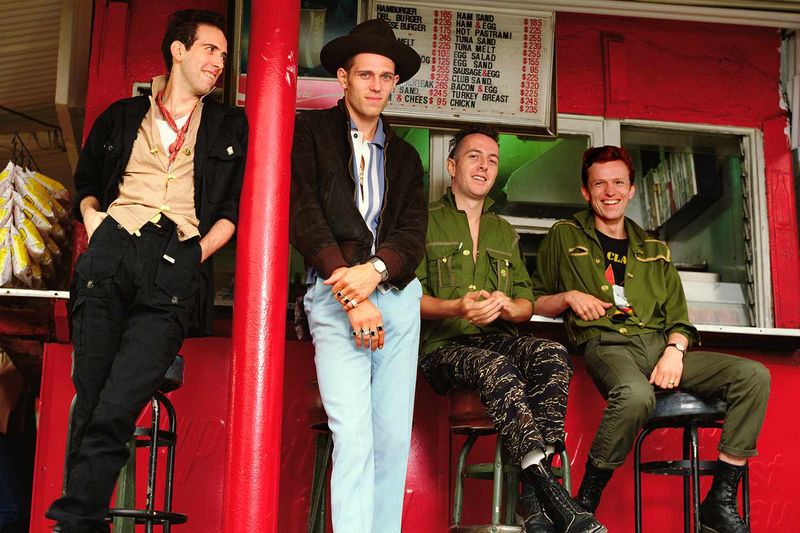
Following their groundbreaking debut, The Clash headed to America and recorded this 1978 album with producer Sandy Pearlman. The production is bigger and cleaner than their first record, which initially upset purist punk fans. But the songs themselves burn with the same political fury and musical energy that made them legends, just with more clarity and power.
“Safe European Home” kicks things off with blistering energy, while “Tommy Gun” attacks terrorism and violence. “English Civil War” updates a traditional tune with punk fury, and “Stay Free” reveals Joe Strummer’s gift for storytelling. Mick Jones’ guitar work is more prominent and melodic, showing growth as a musician.
London Calling gets all the attention as their masterpiece, but this album deserves recognition too. It bridges their raw punk beginnings and their later experimental phase perfectly. Give ‘Em Enough Rope proves The Clash could evolve their sound without losing their edge or message.
22. Black Sabbath – Sabotage

Created during legal battles with their former manager, this 1975 album channels frustration into some of Sabbath’s heaviest and most creative music. Tony Iommi’s riffs are absolutely crushing, while Ozzy Osbourne delivers passionate vocals that range from aggressive to melodic. The band experiments with progressive elements and acoustic passages without losing their doom metal foundation.
“Symptom of the Universe” features one of the greatest metal riffs ever recorded, switching to acoustic beauty mid-song. “Hole in the Sky” and “The Writ” showcase their ability to write complex, dynamic compositions. Even the instrumental “Supertzar” with its choir adds dramatic flair. The anger and tension surrounding the recording process fueled incredible performances.
Often overshadowed by Paranoid and Master of Reality, this album represents Sabbath pushing themselves creatively. The production is clear and powerful, letting every instrument shine. Sabotage proves they were more than just doom and gloom—they were innovative musicians constantly evolving their sound.
23. The Kinks – Muswell Hillbillies

Ray Davies’ love letter to working-class London life incorporates American country, folk, and blues influences into The Kinks’ distinctly British sound.
Released in 1971, the album tells stories about urban renewal, alcoholism, and nostalgia with humor and heartbreak. The musical arrangements feature banjos, acoustic guitars, and piano, creating a warm, organic sound unlike anything else in their catalog.
“20th Century Man” captures feelings of alienation in modern society, while “Alcohol” deals with drinking culture with both comedy and sadness. “Acute Schizophrenia Paranoia Blues” mixes mental health commentary with rollicking music. Davies’ lyrics are sharply observed and deeply empathetic, finding dignity in ordinary people’s struggles.
The album didn’t sell well and gets forgotten between their sixties hits and later concept albums. But it’s arguably Davies’ finest songwriting, blending British and American musical traditions into something unique. Muswell Hillbillies deserves recognition as one of the seventies’ most underrated albums.
24. The Smashing Pumpkins – Adore
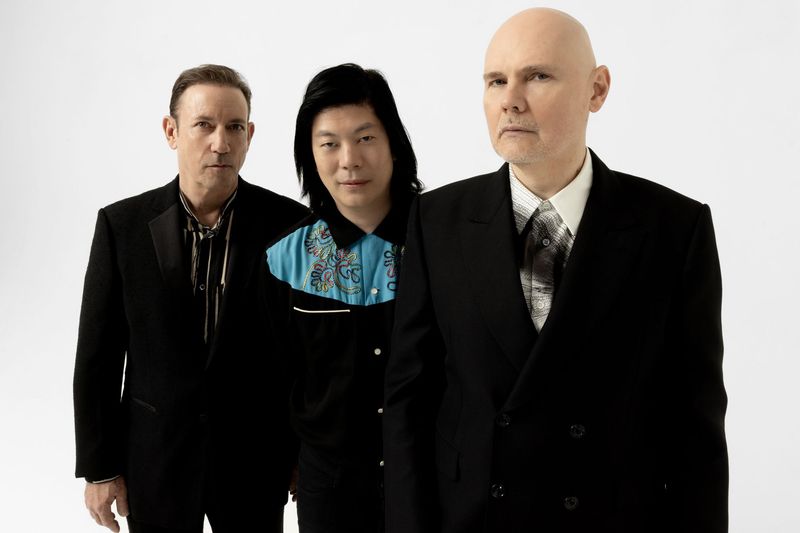
After drummer Jimmy Chamberlin was fired, Billy Corgan could have found a replacement and continued the band’s alt-rock sound.
Instead, he embraced electronic production and created this atmospheric 1998 album that confused fans expecting another Mellon Collie. Drum machines replace live drums, synthesizers dominate the arrangements, and the overall mood is melancholy and introspective rather than aggressive.
“Ava Adore” became a minor hit with its gothic sensibility, while “Perfect” offers surprisingly straightforward pop melody. “To Sheila” and “For Martha” showcase Corgan’s vulnerable side, dealing with personal loss and emotional pain. The production is lush and detailed, creating dreamlike soundscapes that reward headphone listening.
Initial reviews were harsh, and sales disappointed compared to their previous albums. But over time, fans have come to appreciate its unique beauty and willingness to take risks. Adore represents artistic courage, showing that evolution sometimes means abandoning what made you successful.
25. Radiohead – Amnesiac

Recorded during the same sessions as Kid A, this 2001 release often gets dismissed as mere B-sides or leftovers. But that’s completely unfair—these songs are just as strong and experimental as their more famous sibling album. Radiohead continues exploring electronic textures, jazz influences, and fragmented song structures that challenge traditional rock conventions.
“Pyramid Song” builds hypnotic beauty from unusual time signatures and Thom Yorke’s haunting vocals. “I Might Be Wrong” rocks harder than anything on Kid A, while “Knives Out” offers accessible melody wrapped in unsettling lyrics. “Life in a Glasshouse” closes the album with New Orleans jazz influences, creating a surreal, cinematic atmosphere.
Being released just months after Kid A hurt its reception, as listeners were still processing that groundbreaking record. But Amnesiac stands perfectly well on its own, offering a slightly warmer, more accessible entry point into Radiohead’s experimental phase. It deserves to escape Kid A’s shadow completely.

Comments
Loading…